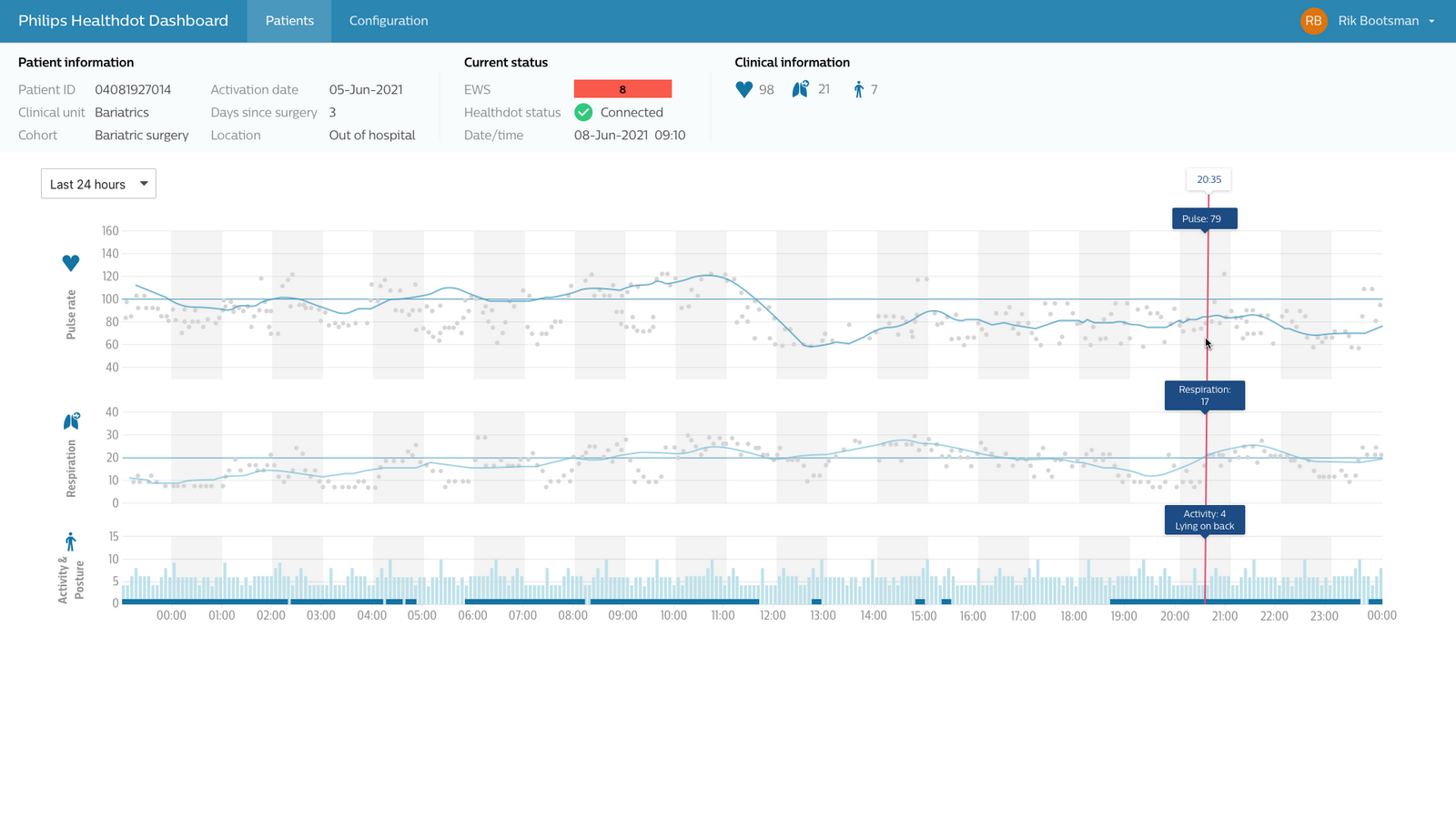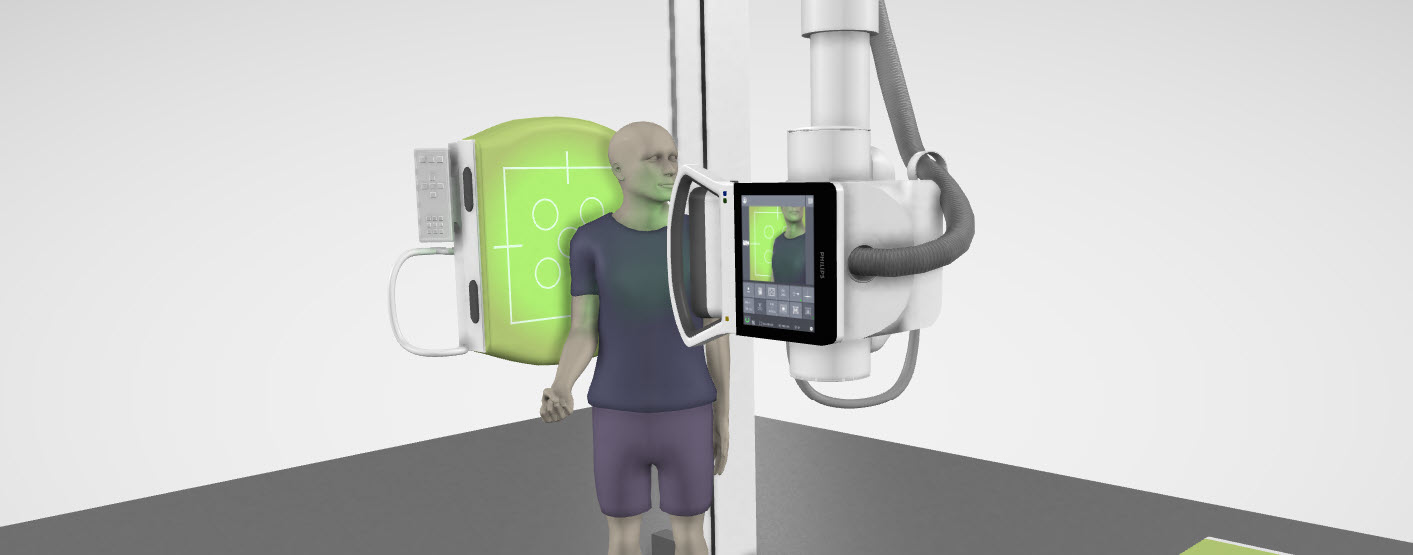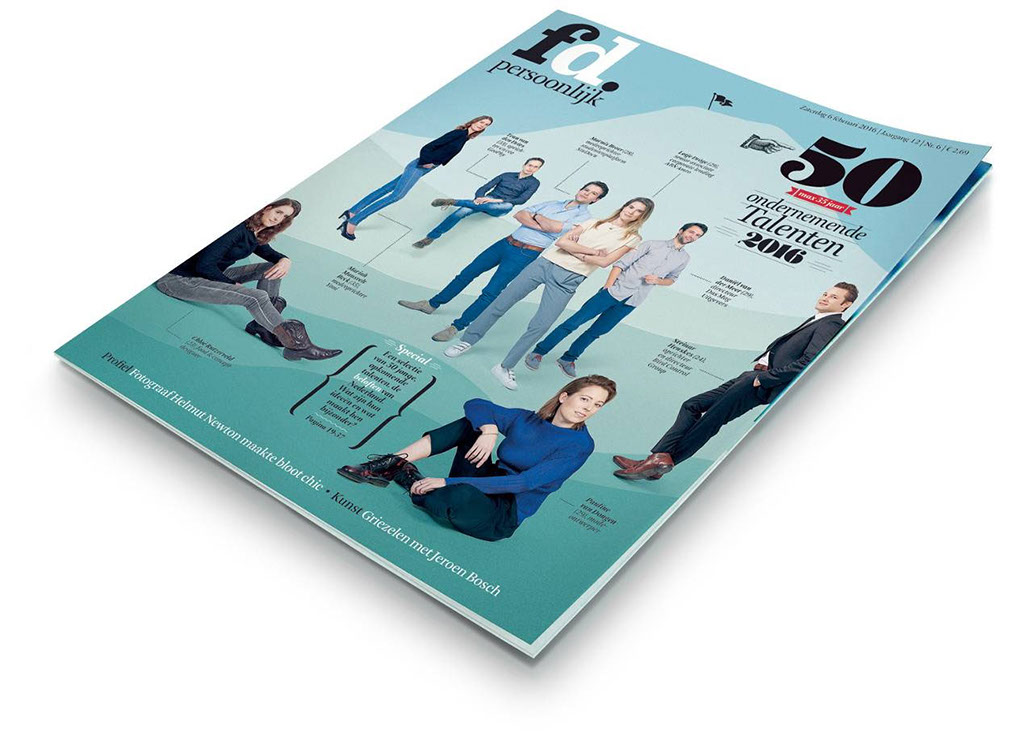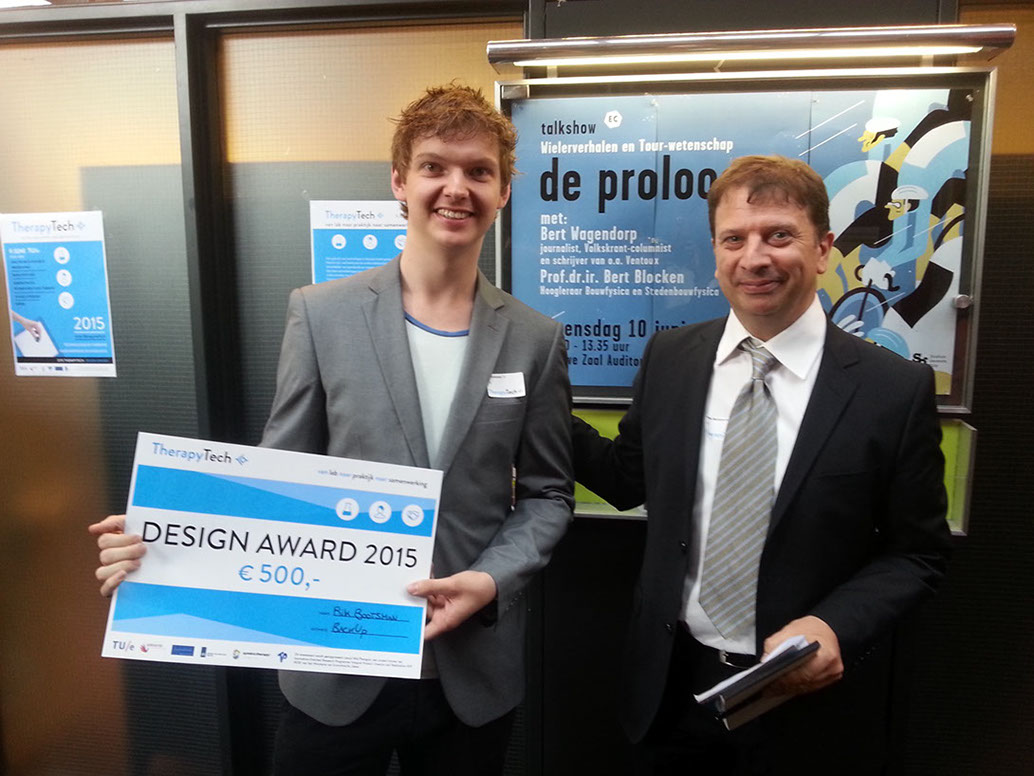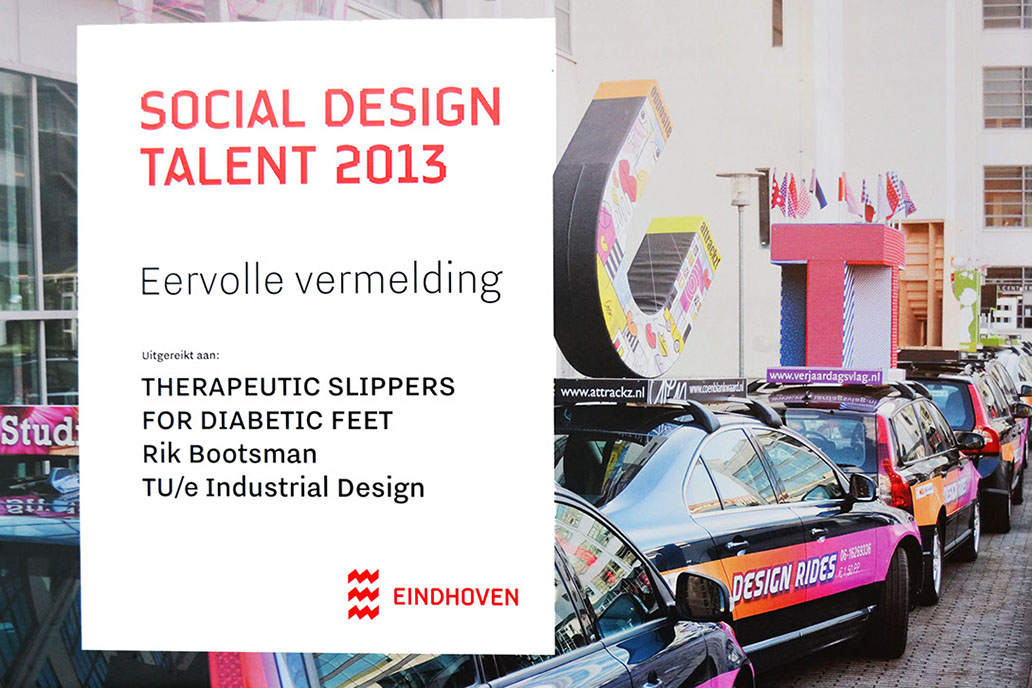Philips Healthdot dashboard
This project is quite indicative of the projects I've been working on within Philips. This is an application, that shows data of a Philips Healthdot, which captures heart rate, respiration rate, activity and posture data every 5 minutes from the patient and sends this wirelessly via an LoRa IOT network to the cloud. To deliver this dashboard application I had the role of senior product owner, responsible for the requirements definition, the design of the application as well as documentation.
This project allows the healthdot hardware product to be standalone and not rely on external visualization software only, allowing medical staff to get started quickly with a cloud native application and experience the benefits for their patients as quickly as possible, without installing on premise architecture. The configuration of the application, the view settings and algorithm development were also part of this project, but can't be shown here.
Project not yet launched in production with customers, but used currently in customer demo environments.
